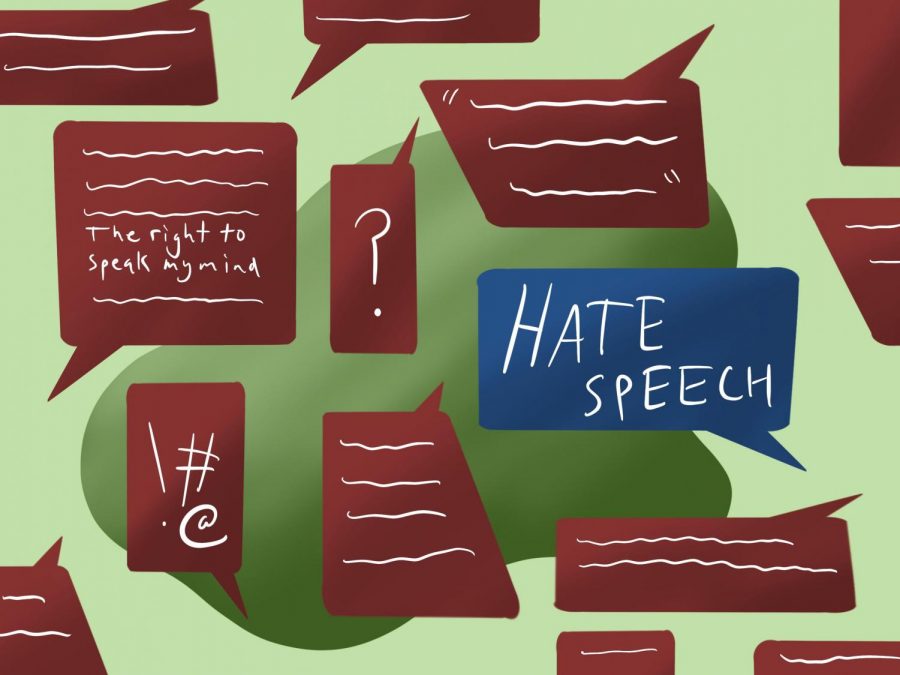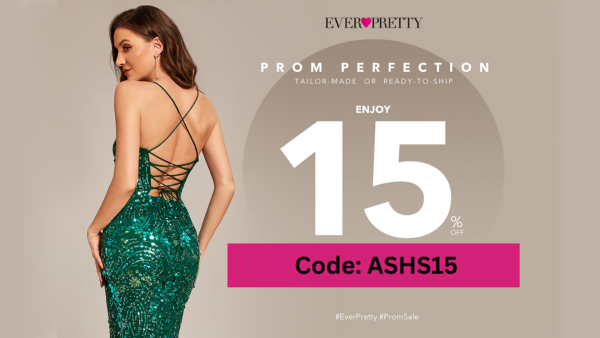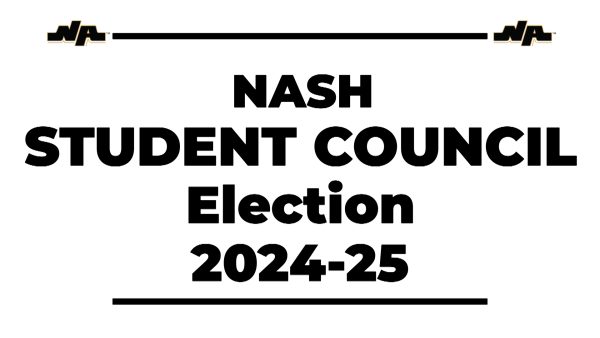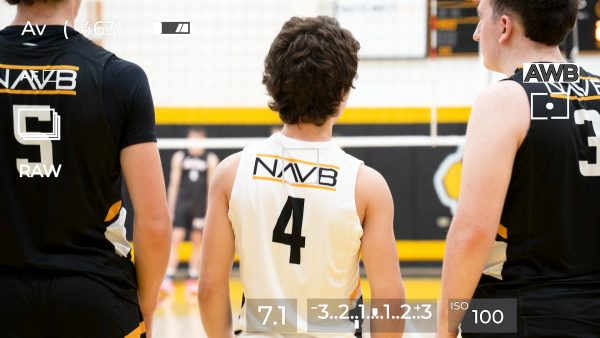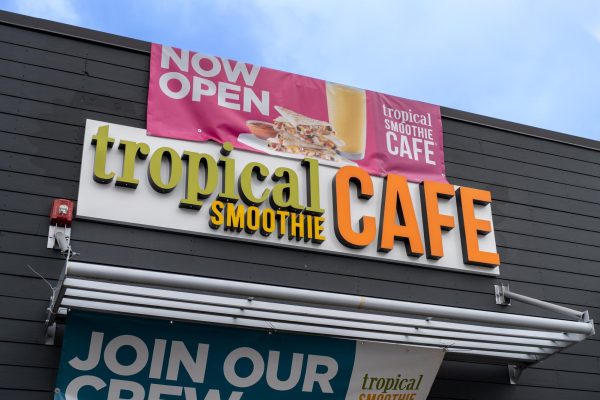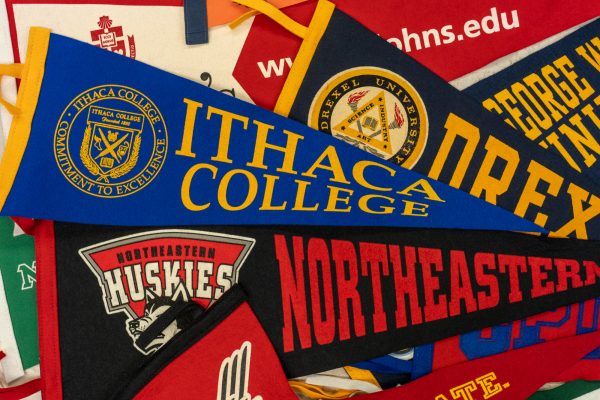Speechless
In our globalized, more diverse era, the First Amendment deserves a review
May 30, 2018
In the 1969 case Tinker v. Des Moines Independent School District, the Supreme Court ruled that students have the First Amendment right to free speech with some restrictions in extreme cases of disruptive material. The impact of this case opened doors for students seeking self-expression on their campuses without fearing legal repercussions.
With the freedom to express opinions, a darker, unfortunate truth emerges: the First Amendment supports all speech, not just speech you agree with. The double-edged sword of free speech has recently caused debate on some college campuses grappling with the danger of risking inclusivity for the right to speak freely or vice versa. Perfect political correctness and perfect freedom cannot coexist; there is no way for every opinion to be shared without conflict. But to what extent can colleges police that conflict to protect students?
According to a recent Gallup poll, students are almost equally split on the issue, with 53% favoring a “diverse and inclusive society” over protecting free speech. It’s no secret that the push for politically correct language is coming from younger generations, but many in and out of classes are skeptical about what that means for higher education. With criticism over trigger warnings and safe spaces forcing colleges to take a stand, the issue of free speech has gained national attention. Conservative speakers like Ann Coulter have had speeches cancelled due to student protest and faculty members have been advised to avoid controversial microaggressions. When examined superficially, the issue is seen as another simple divide between liberals and conservatives or left and right. The nuances of language and discrimination seem petty to some and critical to others, but the underlying issue is the same. When educators allow controversial speakers or include offensive speech in their teaching, students are expected to either accept what is given to them or speak out against it.
With the freedom to express opinions, a darker, unfortunate truth emerges: the First Amendment supports all speech, not just speech you agree with.
Students in general tend toward the liberal side of the political spectrum and are often labeled as “social justice warriors” or “snowflakes” for their reactions to what they deem unacceptable. The issue of free speech on campus can easily be misconstrued as whiny, spoiled college kids trying to shut down any opinion they don’t agree with versus patriotic Americans bravely speaking their minds or a group of conservative bigots spewing hate speech under the protection of the First Amendment versus brave protesters fighting for the rights of minorities. These oversimplified views many seem to favor fail to take into account the nuances of free speech itself.
To begin with, some protests against offensive material in the recent past have regarded the treatment of class instruction, like placing trigger warnings on historic works for their antiquated portrayals of race and gender roles. In cases like these, it’s easy to call political correctness irrational or ridiculous. While censoring books like To Kill a Mockingbird and Huckleberry Finn is obviously not the answer, colleges cannot expect students to fully understand the content without proper context. Trigger warnings may not be the way to explain the intricacies of race politics or other sensitive subjects, but students calling for schools to handle difficult to discuss course material with more regard for the social and emotional impact of such themes is not out of the question. The job of a school is to educate; without providing students with the contextual information on potentially upsetting material, schools fail to teach holistically and fairly.
In the case of speakers being barred from campuses by outraged student groups, the role of colleges is much harder to navigate. Colleges, to prevent bias or First Amendment violations, are not able to control who campus organizations invite to speak on school grounds. Thus, more controversial or philosophically extreme speakers are allowed, for the most part, to spread their message freely. When students are upset by this and protest or complain, the school cannot be held at fault unless the speaker was endorsed by the college to begin with. Though someone’s speech may be offensive, it is almost impossible to prevent them legally from addressing a student population. At its core, this issue is about when offensive language crosses the line into harmful or hateful.
What is being called “outrage culture” by some is the notion that liberal groups jump to dismiss language and action right away when offended by someone or some incident. This concept of a more fragile, idealistic generation is, to some extent, true. It is quite obvious to everyone with a Twitter account that the Internet has become less accepting of certain behavior once deemed normal or insignificant. Words and labels used for years are now deemed politically incorrect and those caught in use of such phrases are shamed for their use. What is not true is that the newer generations are violating offenders’ First Amendment rights or being at all unreasonable by calling out presumed bigotry. The First Amendment may protect your speech, but only from government action, not the millions on the Internet who say offensive language is wrong.
Young people, particularly students, are not preventing people with different opinions from speaking; they’re demanding more than opinion and personal belief to defend behavior. When a teacher expresses a bigoted view, students are demanding that the educator be held responsible for presenting a bias as unalienable truth. College students are not acting as “special snowflakes” but as young adults with a lifetime spent online experiencing the globalized, more diverse world. Tolerance and equality are not unrealistic qualities to demand from authority. Of course, there are cases where action to eliminate bias silences others’ but the larger movement of youth culture tending towards courtesy and kindness is not a bad thing.
The unfortunate truth is that complete freedom and complete protection cannot coexist without conflict. There is no way for a society to experience everyone’s views without opinions clashing. The debate of free speech on college campuses is based on the premise that neither side can agree to give up their moral ground or tolerate what the other has to offer. As long as argument in the modern age relies solely on the intense feelings of opposing sides, there is nothing to be learned from this conflict but that emotion is the basis for rhetorical strategy in school and out.
As long as the First Amendment remains law, that’s just how our country is. And, after all, that’s what the Founding Fathers wanted.

